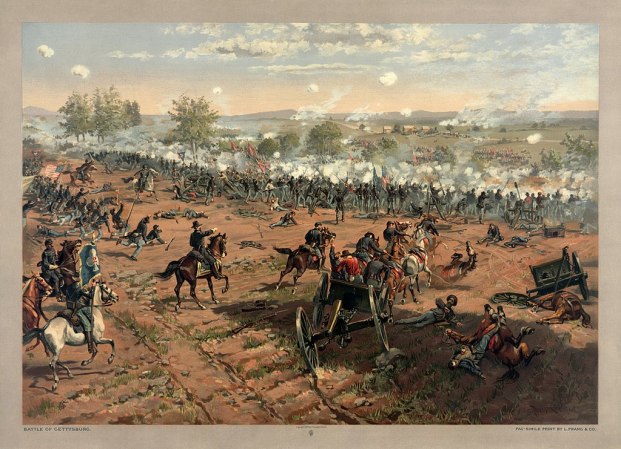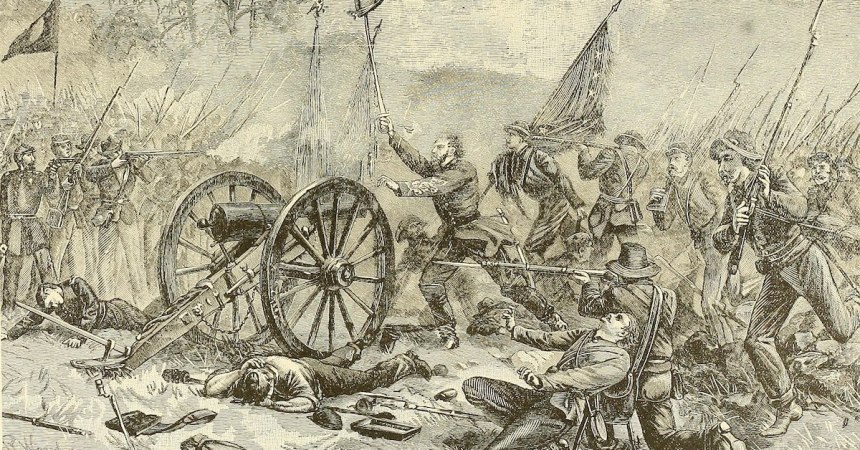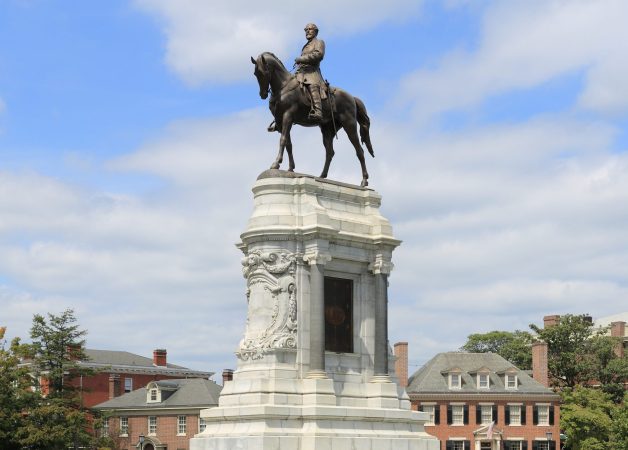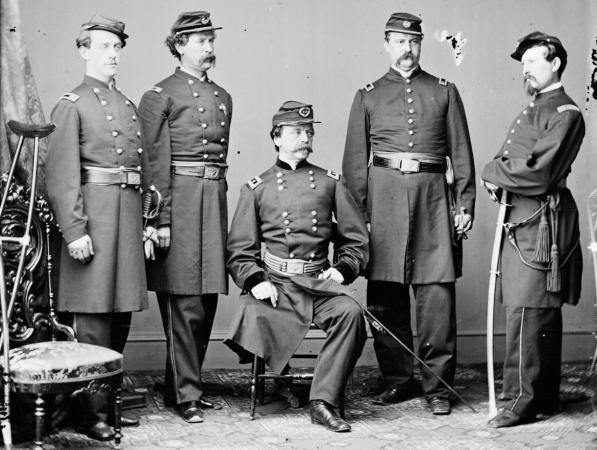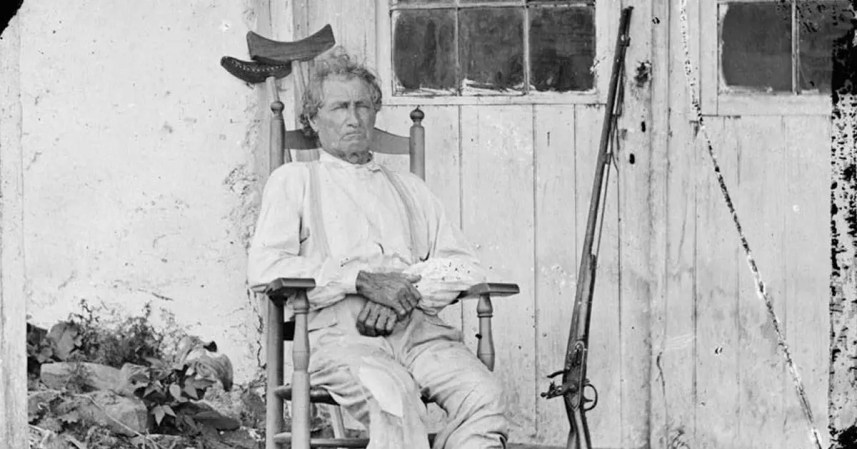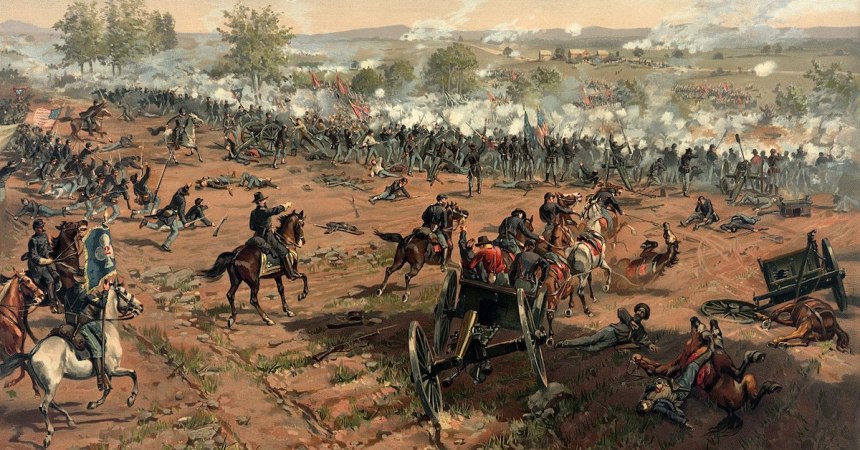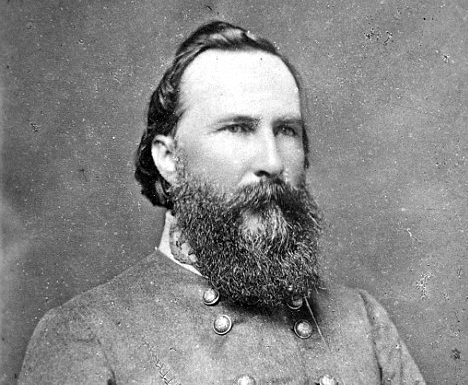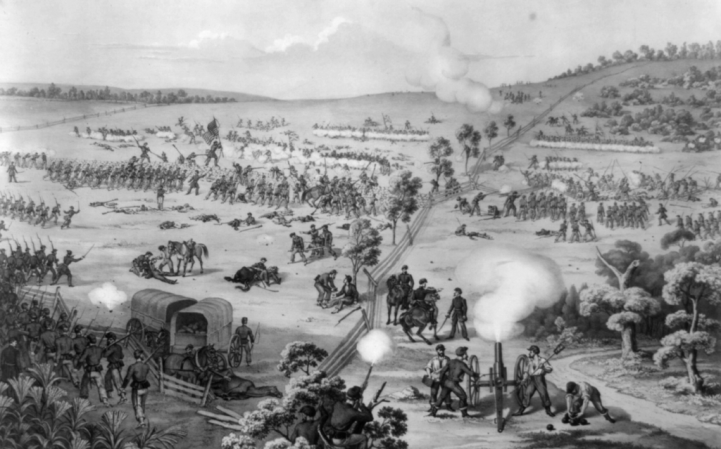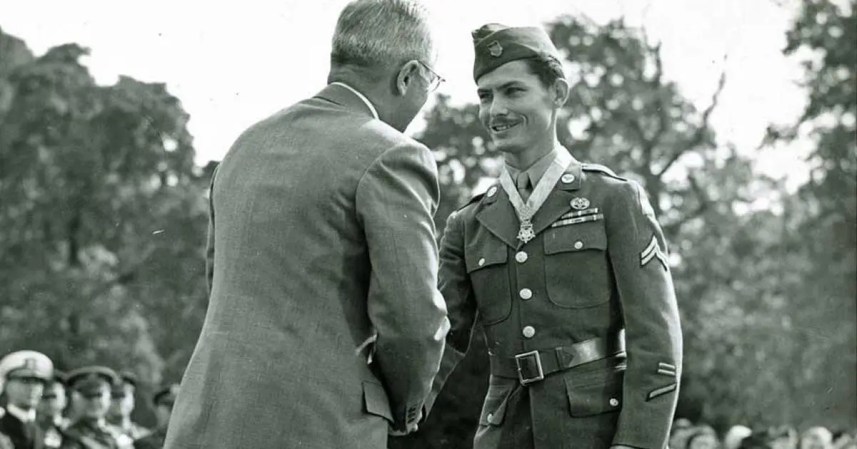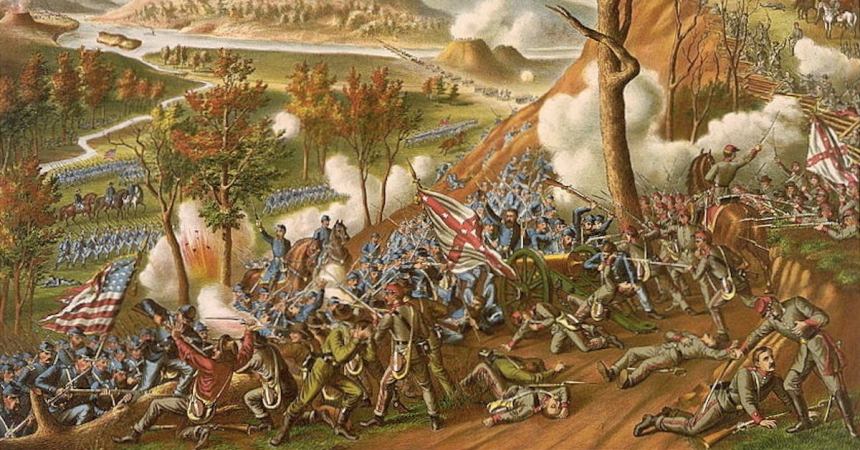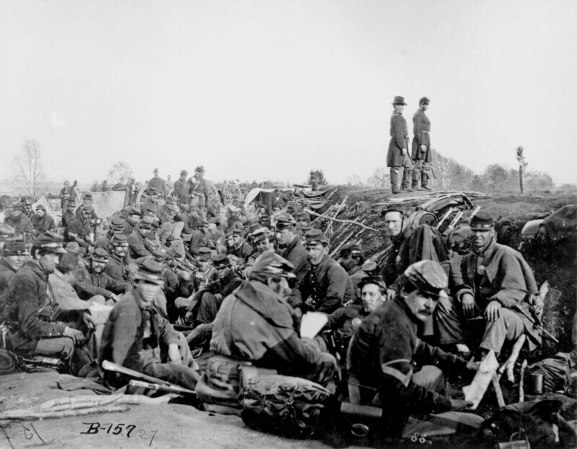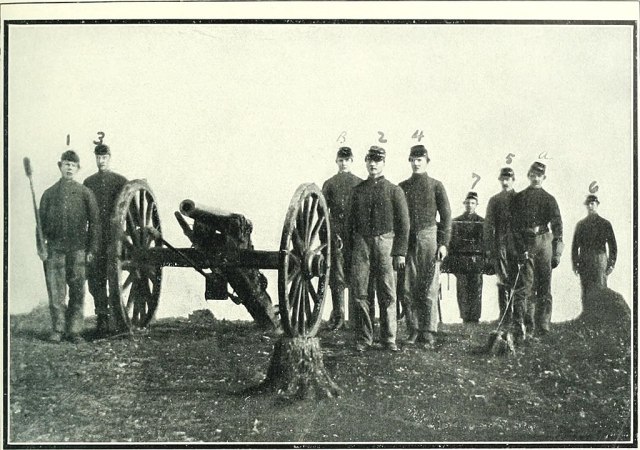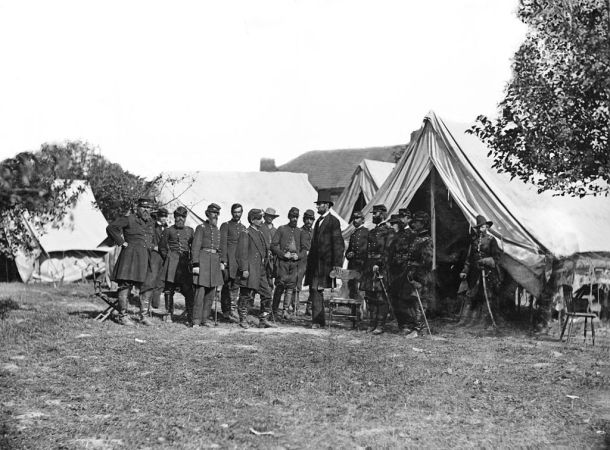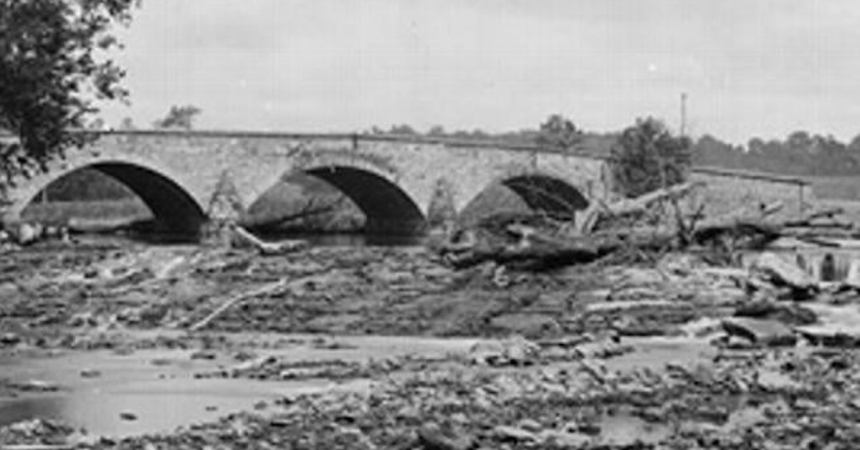The Battle of Gettysburg was one of the bloodiest in American history with over 7,000 soldiers killed in three days of fighting.
(A single civilian, Mary Virginia Wade, was also killed.)
But if the modern military fought the battle, the costs could easily be much higher as today’s artillery, mortars, jets, and helicopters make every exchange more costly. And the increased range and firing rate of the M16 instead of Civil War rifles would make the missteps of generals even more catastrophic.

When the two sides first clashed at Gettysburg on July 1, 1863, it was largely an accident. Union Brig. Gen. John Buford, the head of cavalry for the North, had sent men to scout the area around the city and they ran into a group of men commanded by Gen. Harry Heth heading into the city to find supplies.
While many Union leaders thought there were only a few rebels in the area, and many rebels thought the Union forces were just a militia group, Buford and a few others suspected the truth. The two major armies in the eastern theater had just stumbled into one another.

But Buford was a pioneer of mounted infantry tactics and ordered his subordinates to prepare for a pitched battle the following day. He spent the bulk of that night getting the lay of the land and planning his attack. But, if he had been in command of modern, mechanized infantry, he wouldn’t have needed to.
Instead, he would have sent his dismounts forward to search out the enemy encampments and would have brought his Strykers up with them. Meanwhile, any UAVs he could wrangle up would be flying ahead, searching out the enemy.

But Rebels with modern communication equipment would have reported the chance engagement in the city to their higher headquarters. Confederate Gen. Robert E. Lee, who knew that the Union was pursuing them north, would likely have sent out his own scouts and drones to search for enemy forces.
When each side learned that their enemy was nearby, heavily armed, and deployed near the vital strategic crossroads of Gettysburg, they would have surged all assets to take and hold the key ground.
Buford’s mechanized infantry would likely have taken the same heights that it did in 1863, but this time it would have positioned Strykers with TOW missiles behind cover and sent those armed with machine guns to cover the approaches to the heights. Most infantry squads would dismount and take up defensive positions on the heights.

Meanwhile, each side would begin calling up close air support and alerting the Air Force that they needed air battle interdiction immediately. Unfortunately, when the jets arrived, they would be too busy trying to establish air superiority to start hitting ground targets.
As the duel began to play out in the sky, artillery units on the ground would begin lobbing shells at precision targets and using rockets and howitzer barrages to saturate areas of known enemy activity.
This is what makes it unlikely that Mrs. Mary Wade would be the only civilian casualty of a modern Gettysburg.
The Union forces would likely congregate in a similar fishhook that first night as they did in the actual battle on the second day.
But here is where things would go wrong for the Union. When Maj. Gen. Daniel Sickles made his ill-fated move into the peach orchard, the Confederates would have been able to pin his men down with machine gun fire and then concentrate their artillery fire, wiping out Sickles and most of his men.

Unfortunately, that would mean that U.S. Army Medical Research and Materiel Command at Fort Detrick, Maryland, would not receive Sickles’ leg as a permanent display.
Down most of a corps and under fire, the Union would fall back to the heights once again and move forces to defend the flank where Sickles once was.
But Lee might once again make his great mistake of the battle. With a corps ground under his heel and the Union center losing men to guard the flank, he would order Maj. Gen. George Pickett, newly arrived on the battlefield in transports, to push against the seemingly weak Union center.

But as Pickett leads his men across the 1-mile of open ground to the Union center, his men would be cut down. The Union Strykers and Abrams would fire from behind cover and, while a few of them would be taken out by Confederate Javelins, TOWs, and other weapons, they would still wreak havoc.
Gunners on the ridge would open up with M2 .50-cals and M240Bs, walking the rounds on incoming Confederate infantry as they bounded into range. Union artillery would, once again, saturate the area. Fisters would identify command vehicles and pass their locations to helicopters and artillery crews for concentrated destruction.

Missiles would arc back and forth across the Gettysburg fields in the wee hours of July 1. The whole Battle of Gettysburg, fought over a three-day period in real life, would have played out on an advanced timeline with modern-day weapons of war.
But the outcome would likely be the same: Lee’s undersupplied, outnumbered troops would attempt to force the high ground against defenders who reached most of the important terrain first; a false sense of confidence after the Confederates took advantage of Sickles’ mistake would have led them to gamble much and lose it all.



